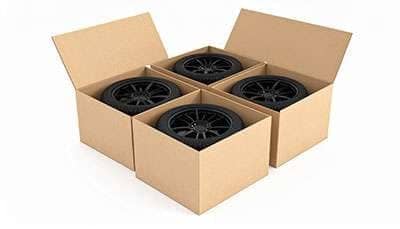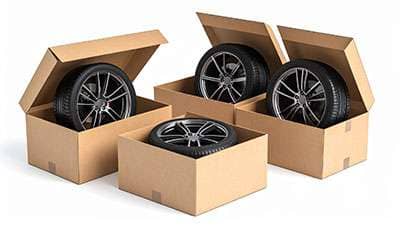
Choosing a wheel and tire package shouldn’t be guesswork. The right setup protects your brakes and suspension, keeps your speedometer honest, and makes the vehicle look dialed in. Below is a practical, step-by-step guide built by our Fitment Team to help you pick confidently—no surprises at install time.
Start with your door placard or owner’s manual. These are the anchor points for safe, smart upgrades:
| Specification | Why it matters |
|---|---|
| Overall tire diameter | Must clear brakes/suspension; keeps speedometer and ABS happy |
| Offset / Backspacing | Controls inward/outward position; affects fender and strut clearance |
| Hub-centric fitment | Centers the wheel to prevent vibration at speed |
| Bolt pattern | Must match the vehicle’s mounting pattern exactly |
Offset is the distance between the mounting pad and wheel centerline. It sets where the wheel sits in the well:
| Offset type | Description | Effect |
|---|---|---|
| Zero | Mounting pad on the wheel centerline | Neutral stance |
| Positive | Pad toward the street side | Wheel sits further inboard |
| Negative | Pad toward the brake side | Wheel sits further outboard |
Guideline: Moving more than ~5 mm from stock offset can change scrub radius and clearance—measure carefully.

Example: 5×100 means 5 lugs on a 100 mm circle. Also match the center bore (hub-centric fit) or use correct rings to avoid vibration.
Keep overall diameter within ~3% of stock to maintain speedometer/ABS. Never go below the OEM load index.
| Load index | Max load (per tire) |
|---|---|
| 89 | 1,279 lbs |
| 91 | 1,356 lbs |
| 94 | 1,477 lbs |
| 96 | 1,565 lbs |
| Aspect | Budget choice | Quality investment |
|---|---|---|
| Initial cost | Lower | Higher |
| Longevity | More frequent replacements | Longer service life |
| Fuel economy | Standard | Potential savings over time |
| Performance | Basic | Improved safety/handling |
Pro tip: Keep a simple log of rotations, alignments, and torque checks—handy for warranties and diagnosing wear early.
| Service | Benefits | Red flags |
|---|---|---|
| Alignment | Even wear, stable handling | Vehicle pulls; off-center wheel |
| Balancing | Smooth ride, less vibration | Shimmy at certain speeds |
| Both | Longer tire life, better MPG | Feathering/cupping wear patterns |

Annual inspections should include suspension, brakes, TPMS, and a full wheel/tire check. Seasonal climate swings or off-road use may justify more frequent service.
Shop Wheels • Shop Tires • Or tap “Click here to find your Wheel and Package” above to start with your vehicle.
Reviewed by the Performance Plus Tire Fitment Team